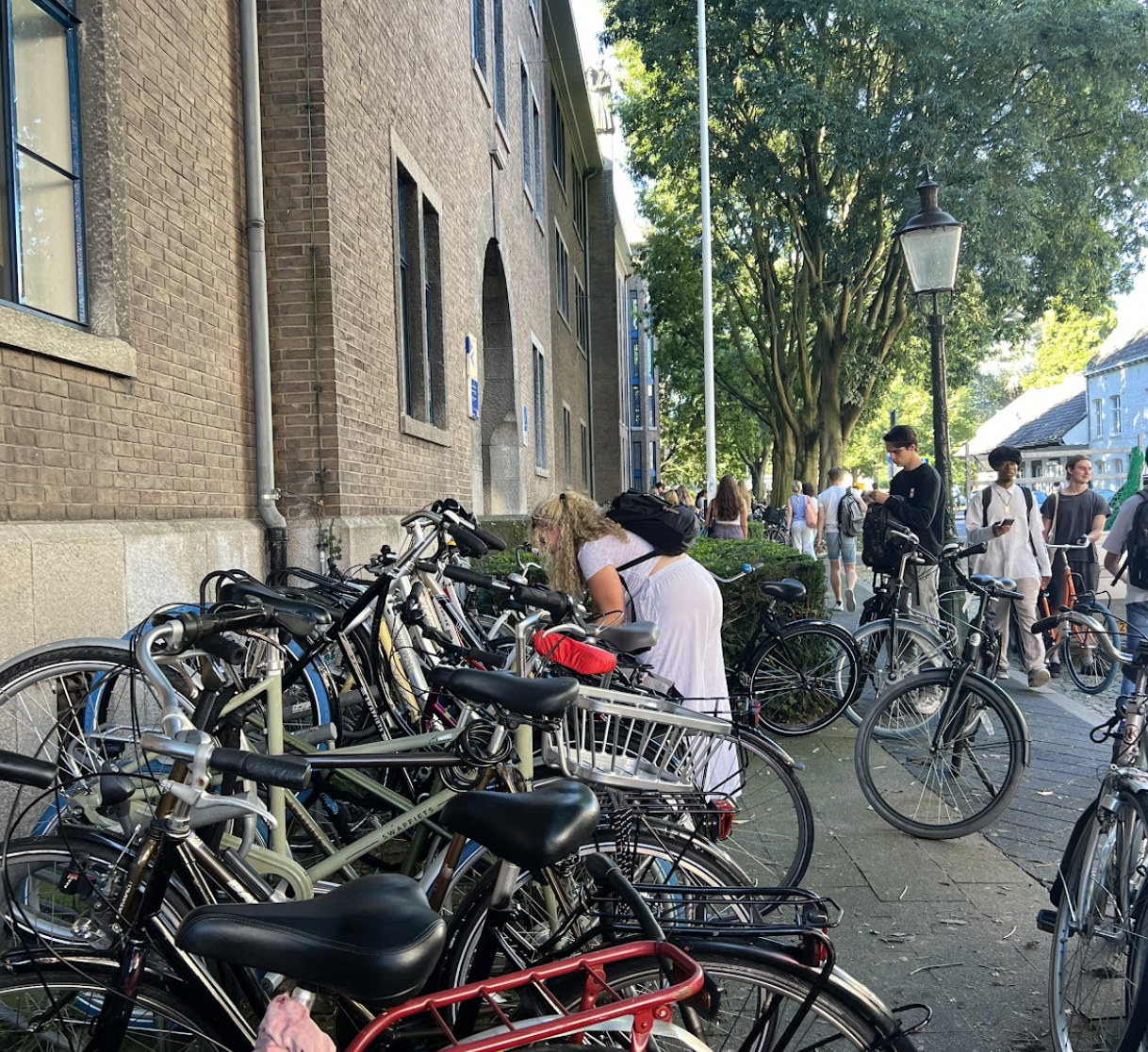Review of Problem-Based Learning at Maastricht University
By Kelsey Cheng
I studied abroad at Maastricht University in the Netherlands, and it was a huge culture shock! From the Dutch food to the public transportation to the cold weather, there was a lot to adjust to. One of the biggest changes was the university itself. Maastricht University uses problem-based learning (PBL), where students work in small groups to solve complex, real-world problems. This was a major shift from USC, where I was used to large lecture halls and scantrons. As someone who is comfortable speaking up in class and working in groups, I was eager to try out this new approach. So, is problem-based learning the future of education? Here's my take.
The Structure
Each week, students attend one lecture and one discussion session. While lecture attendance isn’t mandatory, you’re only allowed to miss 1-3 discussion sessions. Instead of exams, grades are based on participation, attendance, presentations, and/or a final essay.
What does PBL Look Like?
First, there is an initial discussion phase. In this session, you haven't read the learning material yet. The goal is to collaboratively establish a few learning objectives and read the problem you’re solving. For example, in my psychology class, we read about Timmy who had trouble consolidating memories. Students take an active role in shaping their learning process, fostering self-directed learning.
After this phase, you will self-study journals and articles (either chosen by the professor or sourced by you), focusing on the learning objectives. This was the most time-intensive because I had to parse through complex neuroscience articles. While weekly lecture helped, it was up to you to understand the material.
In the next session, you'll share and discuss your responses to the questions, similar to a Socratic seminar. In one class, we formed small groups to present about a topic for a grade. It was nerve-wracking to present every single week, but it helped me learn the topic the most in-depth.
Pros
No tests! Since I struggle with test anxiety, I prefer reading and writing to cramming for exams. Instead of memorizing information, I wrote reflective papers and research proposals, which better showcased my understanding. However, not all Maastricht PBL classes are test-free, which surprised me. Given the free-flowing nature of the learning process, it felt strange to measure knowledge through traditional exams.
The system is truly student-driven. In the pre-discussion, we set our own learning objectives. For example, in my positive psychology class, we opted to focus on music therapy over meditation because more students were interested. I valued the supportive environment and formed close connections with my discussion groups.
Maastricht University matches the rigor and passion of USC professors. My professors were incredibly knowledgeable and passionate–all experts in psychology and neuroscience.
Cons
You're thrown into the deep end. My classmate who didn’t have a background in neuroscience felt anxious about presenting. Self-studying is tough without a baseline understanding of the material. If you're considering PBL, I’d recommend choosing a class you're already familiar with.
Classroom discussions can be hit or miss. In my Memory class, we had engaging conversations about the brain, memory, and trauma. But in my Sexuality class, it was like pulling teeth to get people to participate. As a naturally talkative person, I often felt the need to fill the silence.
PBL isn't ideal if you're not a self-studier or are shy. I think I succeeded in PBL because I was comfortable reading research papers, and I’m a blabbermouth who probably speaks too much in class. If you don’t fall under these categories, it’s easy to fall behind on content or lose points for not participating.
Final Thoughts
I like the concept of PBL in theory, but I didn’t learn as much as I did in my USC classes. I actually missed the in-depth lectures that dove into specific topics. It’s hard to imagine how complex subjects like computer science or calculus could be taught this way.
That said, I did enjoy the autonomy PBL gives students. It felt more like real-life work in a research lab or job, where you're collaborating with colleagues and engaging directly with the material. Plus, with fewer daily assignments, I had the freedom to read my homework on a bus ride to Austria.
Should more universities adopt this type of learning? For higher-level and graduate courses, I think PBL would be a great option to offer. Ultimately, both traditional lectures and PBL have their strengths, and I believe both are here to stay in education.
Want more from Trojans 360?
Visit Trojans 360 on Facebook & Twitter to stay up to date with more student content! You can also Ask A Trojan an anonymous question, and we’ll try to answer it in a future post. And don’t forget to follow us on Instagram!
Trojans 360 is USC’s official student-run blog. Content created by students, for students.



